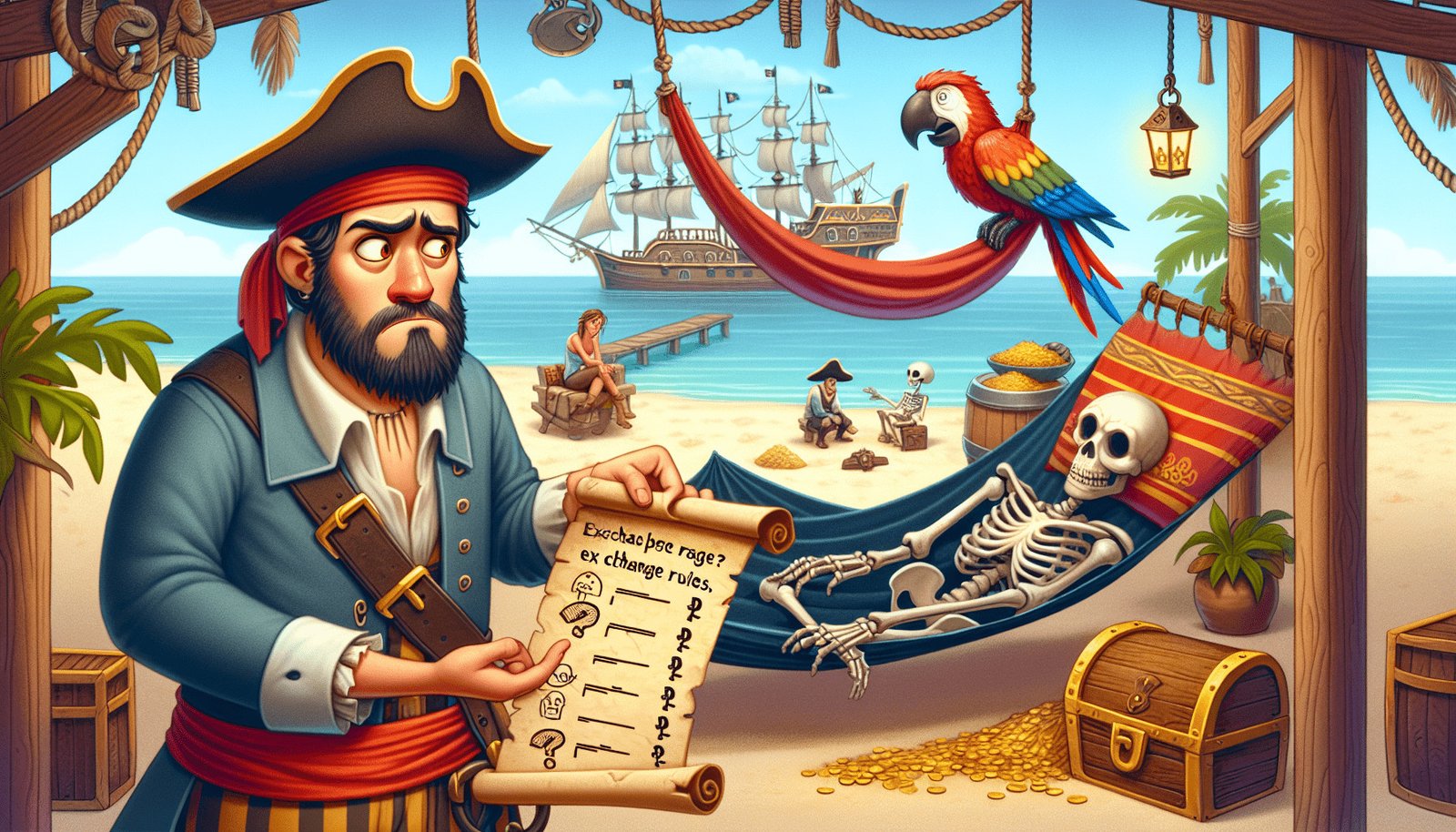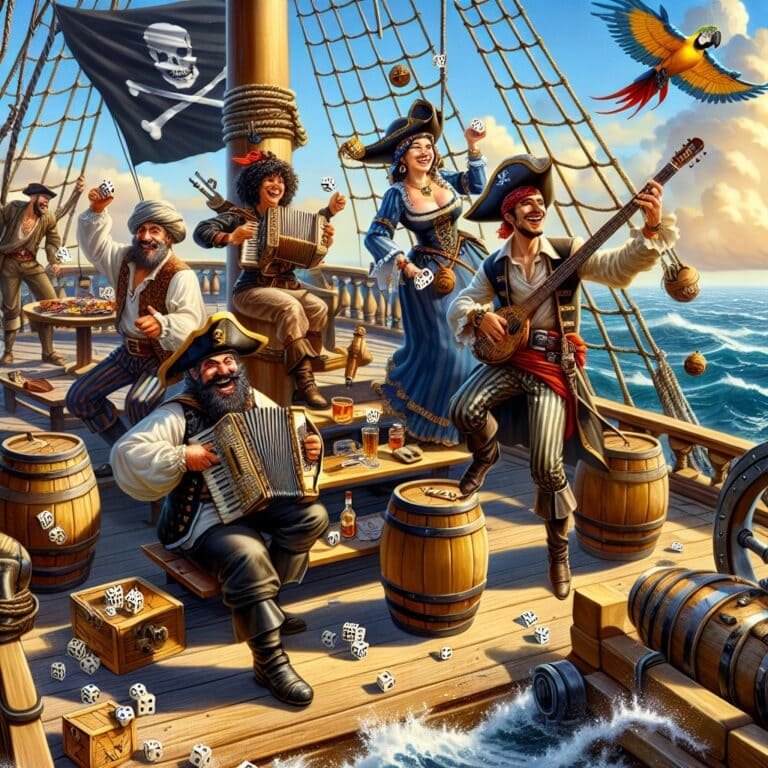## The Defenses of a Golden Age Pirate Ship: A Look Beyond the Romanticized Image
The Golden Age of Piracy, often romanticized in popular culture, was a time of perilous voyages and brutal battles on the high seas. While tales of treasure and swashbuckling adventure captivate imaginations, the reality was harsh. Pirate ships, far from being romanticized floating castles, were functional vessels designed for survival and combat. This article delves into the practical defensive features that allowed these vessels to withstand the rigors of pirate warfare.
### The Hull: Fortified Against the Elements and Enemy Fire
The hull of a pirate ship was its primary defense. Constructed primarily from thick oak planks, it was assembled in multiple layers, forming a strong foundation capable of withstanding considerable damage from cannon fire and stormy seas. The complexity of assembling these hulls speaks to the craftsmanship of the shipwrights, who relied on practical knowledge and experience gained through building and repairing vessels in harsh maritime conditions.
An additional layer of protection came in the form of copper sheathing. This practice, while expensive, proved effective against shipworm infestations, preventing the hull from being compromised from within by these destructive creatures.
### Cannons: A Primary Weapon of the Pirate Arsenal
Cannons formed the backbone of piracy’s offensive power, but were also essential for defense. Mounted on the deck, they provided a formidable deterrent against approaching ships and a means to repel boarding parties. However, pirates understood the importance of balance. While larger cannons possessed greater firepower, their size and weight constrained maneuverability. Strategic placement of both heavy and lighter cannons allowed pirates to engage enemy vessels effectively, maximizing both range and close-quarter combat capabilities.
The effectiveness of a pirate ship’s cannons relied not only on their size but also on the skill of the gunners. Loading and aiming these weapons accurately required precision, coordination, and quick thinking, making experience a crucial factor in pirate success.
Conclusion:
The success of any pirate ship depended on a robust combination of carefully crafted construction techniques, strategic weaponry, and skilled crew members. While the romantic image of pirates may focus on swashbuckling adventures and plundered riches, the reality encompassed a reliance on practicality and ingenuity to survive in a brutal world.
By examining these defensive features, we can gain a deeper understanding of the challenges faced by pirates during the Golden Age and appreciate the complex realities behind their often-romanticized existence.









